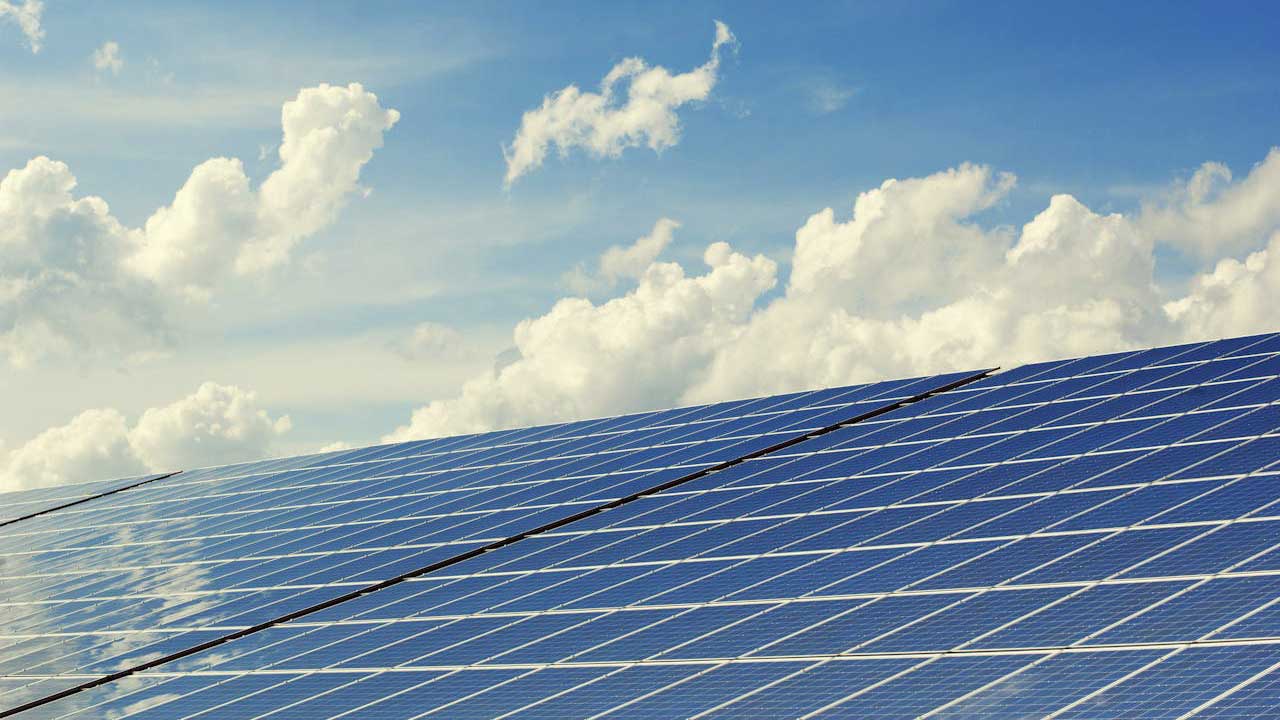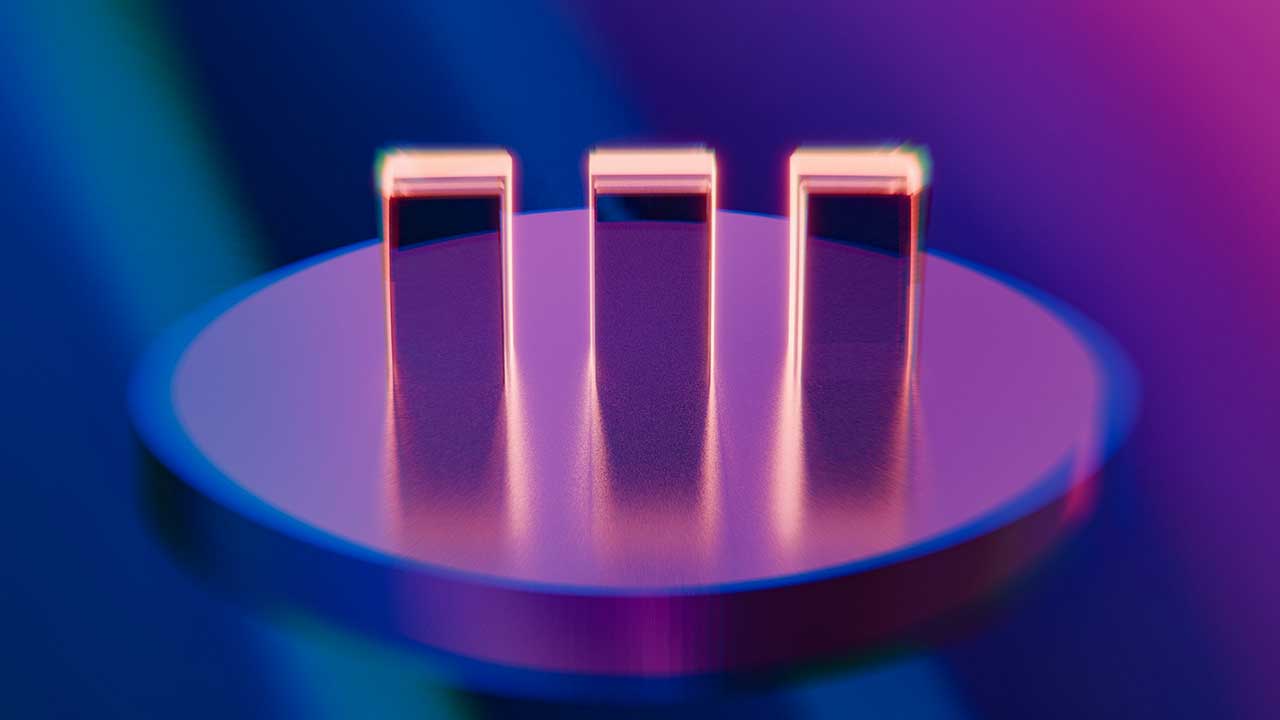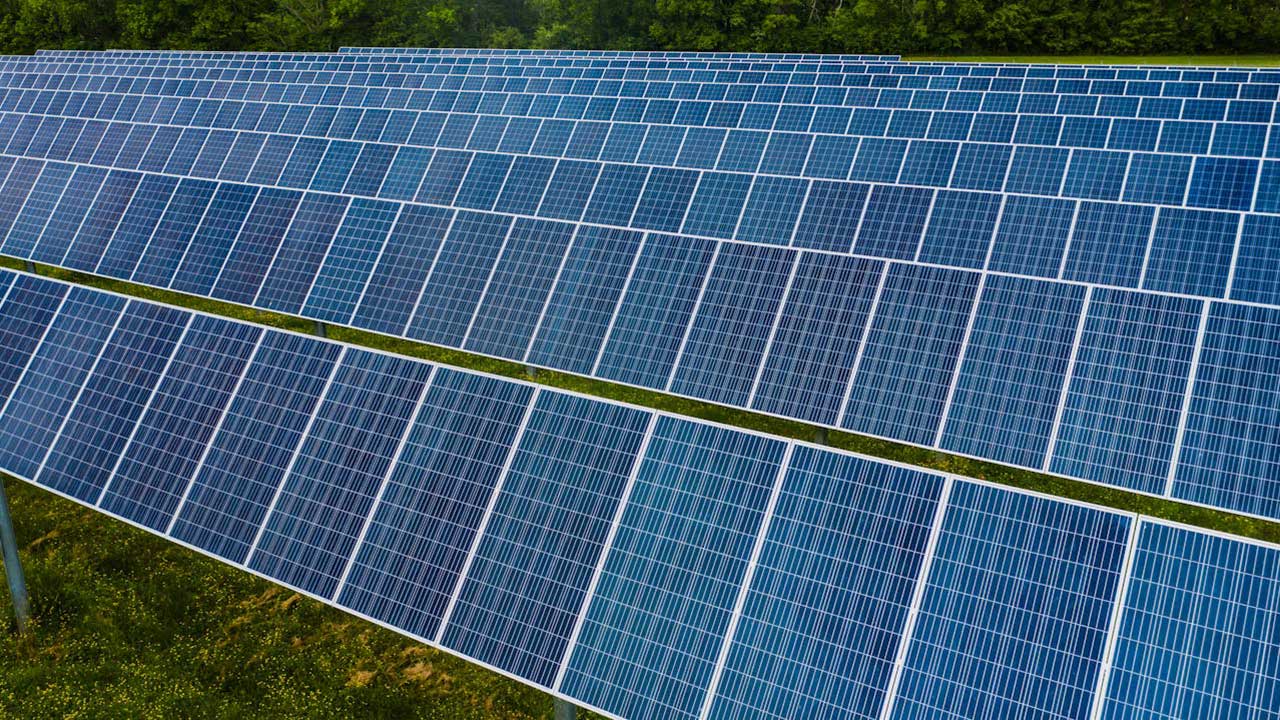
Scientists Discover How Nanocrystal Shapes Improve Technology

A team of researchers at Curtin University has found a way to optimize nanocrystal shapes to improve the way molecules stick to their surfaces. This breakthrough has exciting potential for advancing solar panels, LEDs, and even medical devices. By tweaking the shapes of these tiny particles, the researchers are paving the way for smarter, more efficient technology in a variety of industries. (Source: Curtin University)
Why Shape Matters in Nanocrystals

Associate Professor Guohua Jia from Curtin’s School of Molecular and Life Sciences, who led the study, revealed that ligands—special molecules that attach to nanocrystals—bind more effectively to specific shapes. In particular, flatter and more uniform shapes, called nanoplatelets, provide better adhesion compared to other shapes like nanodots or nanorods. (Source: Physics World)
This means that by controlling the shape of these nanocrystals, scientists can improve how they interact with their environment. “It’s like finding the perfect puzzle piece that locks into place better than the others,” explained Jia. The discovery opens up opportunities to fine-tune nanocrystals for different applications, making them more effective for real-world use.
Applications in Optoelectronics

One of the most exciting implications of this research is its potential to advance optoelectronics. These devices either emit or detect light, and they’re everywhere—from the solar panels powering your home to the TV in your living room. Optoelectronics also play a critical role in high-tech areas like fiber-optic communications and advanced sensors.
Solar panels, in particular, stand to benefit significantly from this discovery. As the world pushes toward achieving net-zero emissions by 2050, improving the efficiency of renewable energy technology like solar panels is crucial. According to BloombergNEF data, global solar installations reached 428 gigawatts in 2023, up by 76% from the previous year. (Source: Canary Media)
Beyond Solar Panels

While solar panels often steal the spotlight, they’re not the only devices that could benefit. The research could also enhance photodetectors, which convert light into electrical signals and are used in cameras and sensors. Laser diodes, which turn electrical signals into light for data transmission in fiber-optic networks, are another promising area for this technology. By making these devices more efficient and compact, the discovery could contribute to faster and better electronic systems overall.
Practical Impacts for Everyday People

This isn’t just about high-tech labs or big corporations. The benefits of this discovery could trickle down to consumers in a variety of ways. For example, homeowners investing in rooftop solar systems could see better performance and lower costs over time as solar technology improves. Installing solar panels not only reduces your electricity bills but also increases the value of your home while contributing to a more sustainable future.
Even beyond energy, the implications stretch into fields like telecommunications and healthcare. Devices that rely on precise light manipulation, such as those used in medical imaging or communication networks, could see significant advancements thanks to this research.
What’s Next?

The Curtin University team’s work is a step toward smarter, more efficient technology across multiple sectors. By understanding and leveraging the relationship between nanocrystal shape and molecule adhesion, researchers are setting the stage for a wave of innovations. Whether it’s powering homes with cleaner energy, making medical devices more effective, or creating faster communication networks, the possibilities are vast.
This discovery is a reminder of how small changes—literally at the nanoscale—can have a massive impact. As researchers continue to explore these possibilities, we’ll likely see even more advancements that make our world a little brighter, smarter, and more connected.